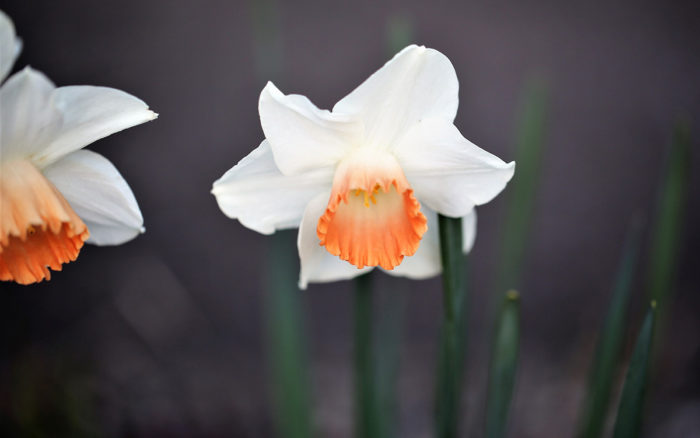
Mulch, mulch, mulch. Adding mulch now not only suppresses weeds, but it keeps the soil moist and cool, preventing any early risers from growing too quickly in case a late frost appears. Also, be sure to apply mulch to bare areas under trees where troublesome cool-season annual weeds such as field pennycress can quickly germinate and get established.
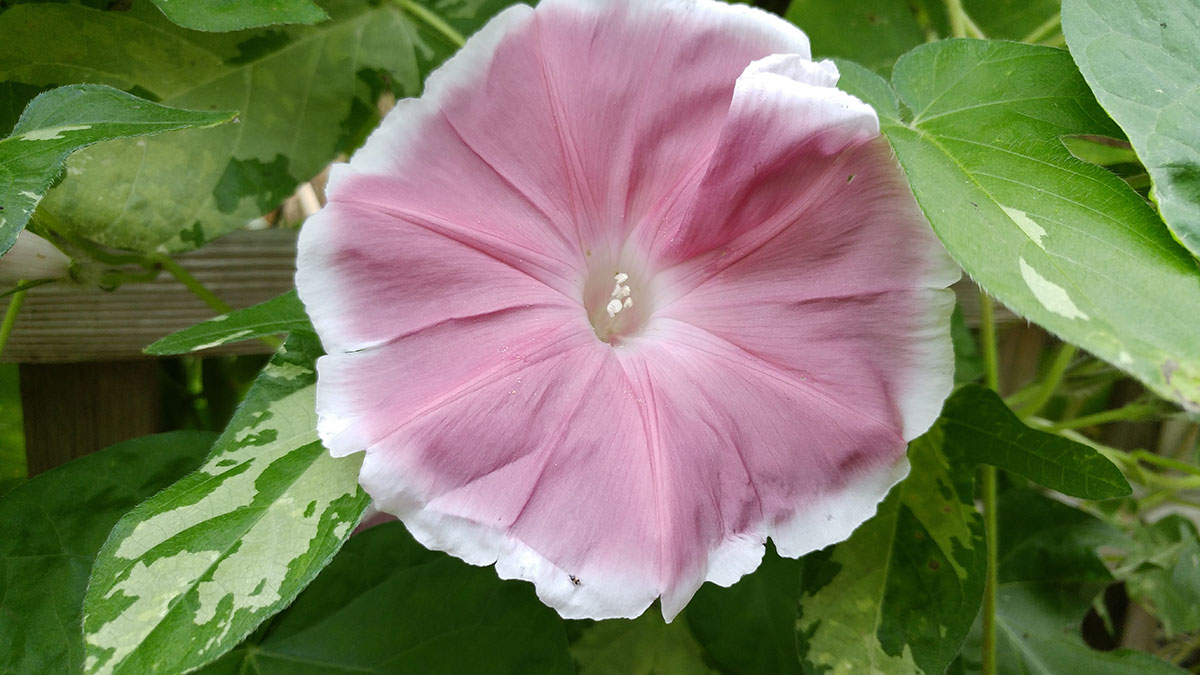
Finish up seeding! We are entering the last several weeks to get those quick-growing annuals started, such as these:
- Ornamental kale and cabbage (Brassica oleracea cvs.)
- Pot marigold (Calendula officinalis and cvs.)
- Cosmos (Cosmos bipinnatus and cvs.)
- Sunflower (Helianthus annuus)
- Polka-dot plant (Hypoestes phyllostachya)
- Morning glory (Ipomoea spp. and cvs.)
- Sweet pea (Lathyrus odoratus)
- Moss rose (Portulaca grandiflora)
- Castor bean (Ricinus communis)
- Marigold (Tagetes spp. and cvs.)
- Nasturtium (Tropaeolum ssp. and cvs.)
- Zinnia (Zinnia elegans and cvs.)
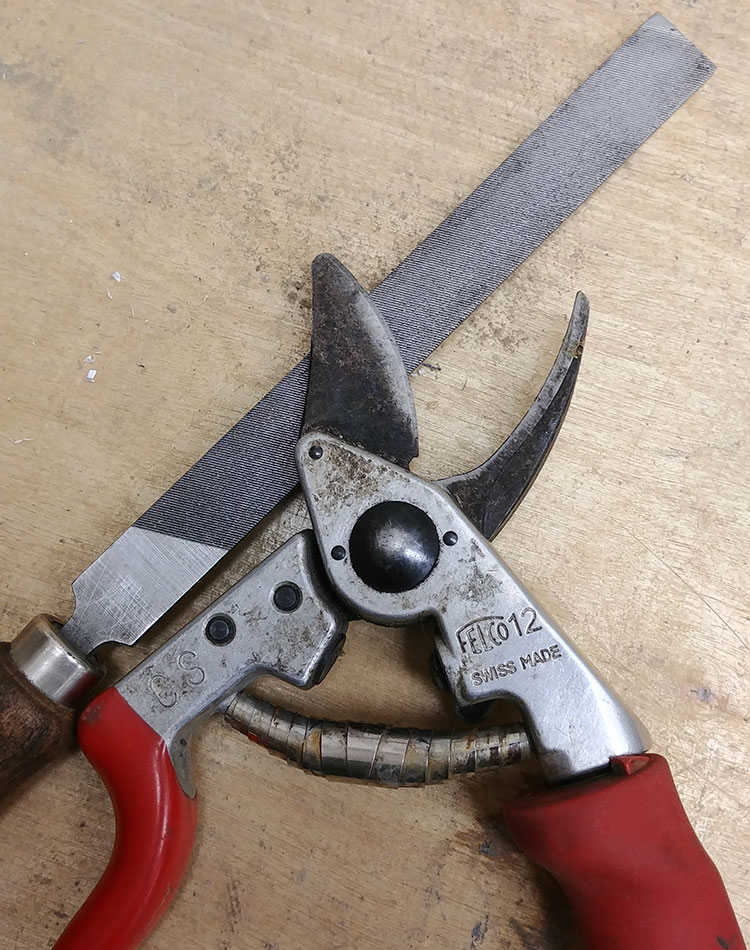
Sharpen your hand tools. Get your tools ready for another busy season with a little TLC now. Sharpen your shears, pruners, and loppers by firmly holding them and using a file or whetstone appropriate to the blade size in the same direction as the blade’s bevel. It should only take a few passes to hone the edge and have it behaving like a hot knife through butter. If all else fails, many companies carry replacement blades that can easily be swapped in.
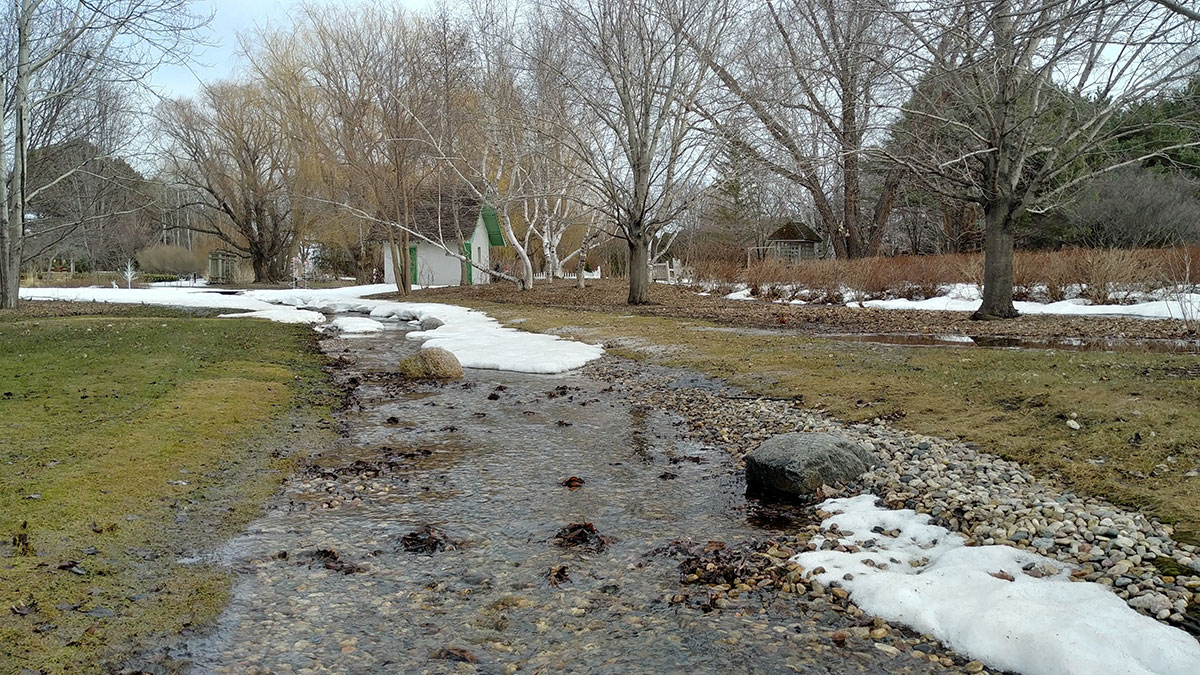
Monitor garden drainage patterns. As snow melts and spring rains fall, take note of where the water is running and/or ponding through your landscape so that any potential problem areas can be addressed. Solutions to troublesome areas may include amending the soil, moving plants that enjoy extra moisture to the wet areas, moving those that dislike extra moisture from the wet areas, or even large changes to your overall topography or design scheme.
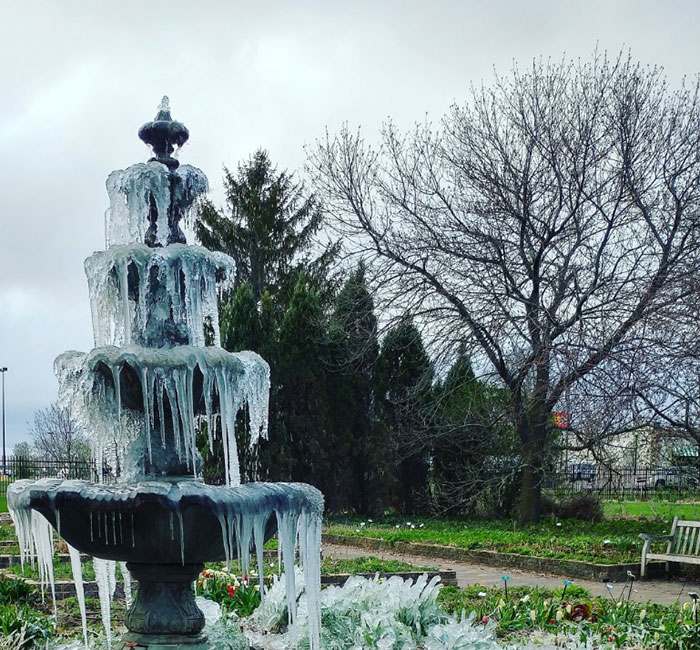
Clean up water features. If you happen to have a water feature in your garden, take advantage of a nicer afternoon by giving it a good spring cleaning. Empty out any standing water, and remove any debris and sludge gathered at the bottom. If your water feature features rocks or stones, scrub them down with a brush and bucket of water with a few drops of dishwasher detergent. For stubborn stains, use a ratio of 1:4 bleach or vinegar and water. When finished, thoroughly rinse everything down, and hold off on setting up the fountain until all threats of freezing have passed.
—Chris Schlenker is the head gardener of McCrory Gardens at South Dakota State University in Brookings, South Dakota.





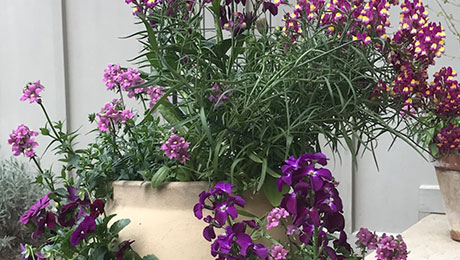












Comments
Log in or create an account to post a comment.
Sign up Log in